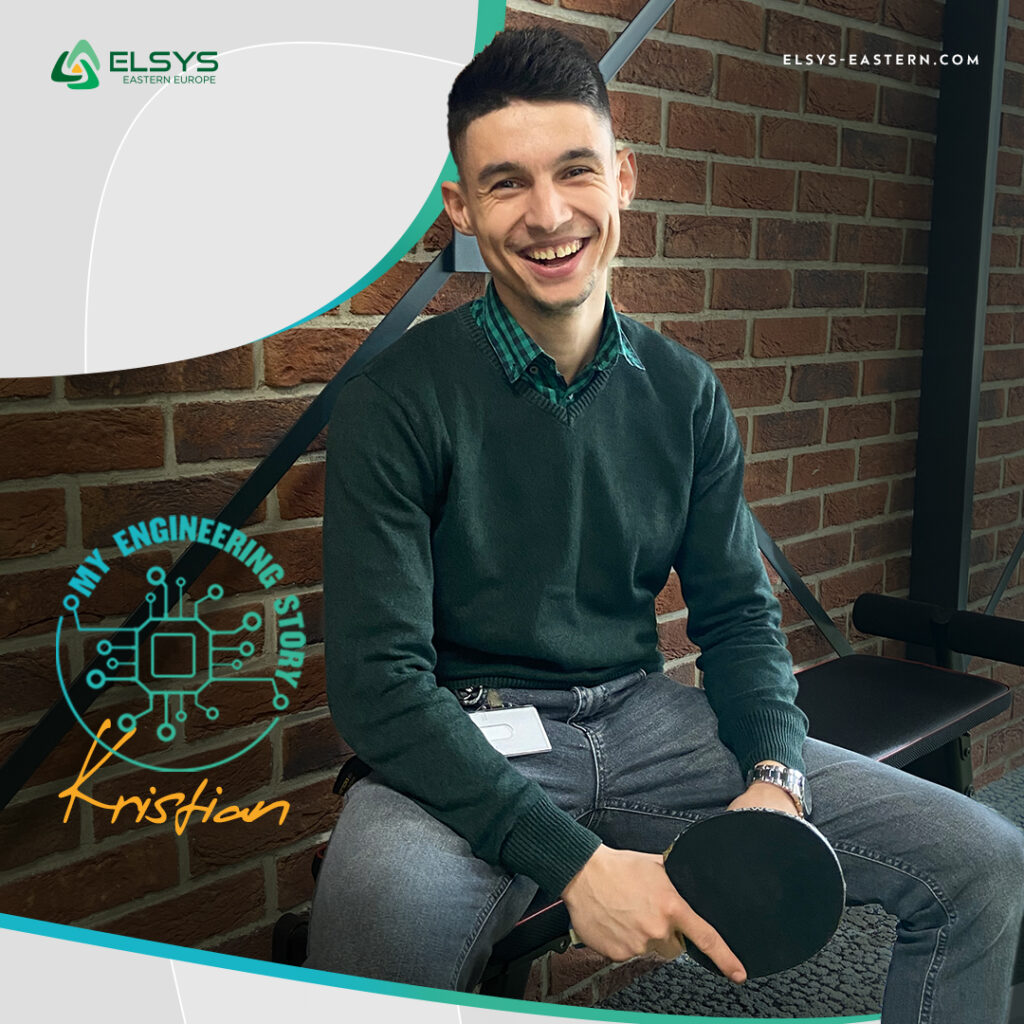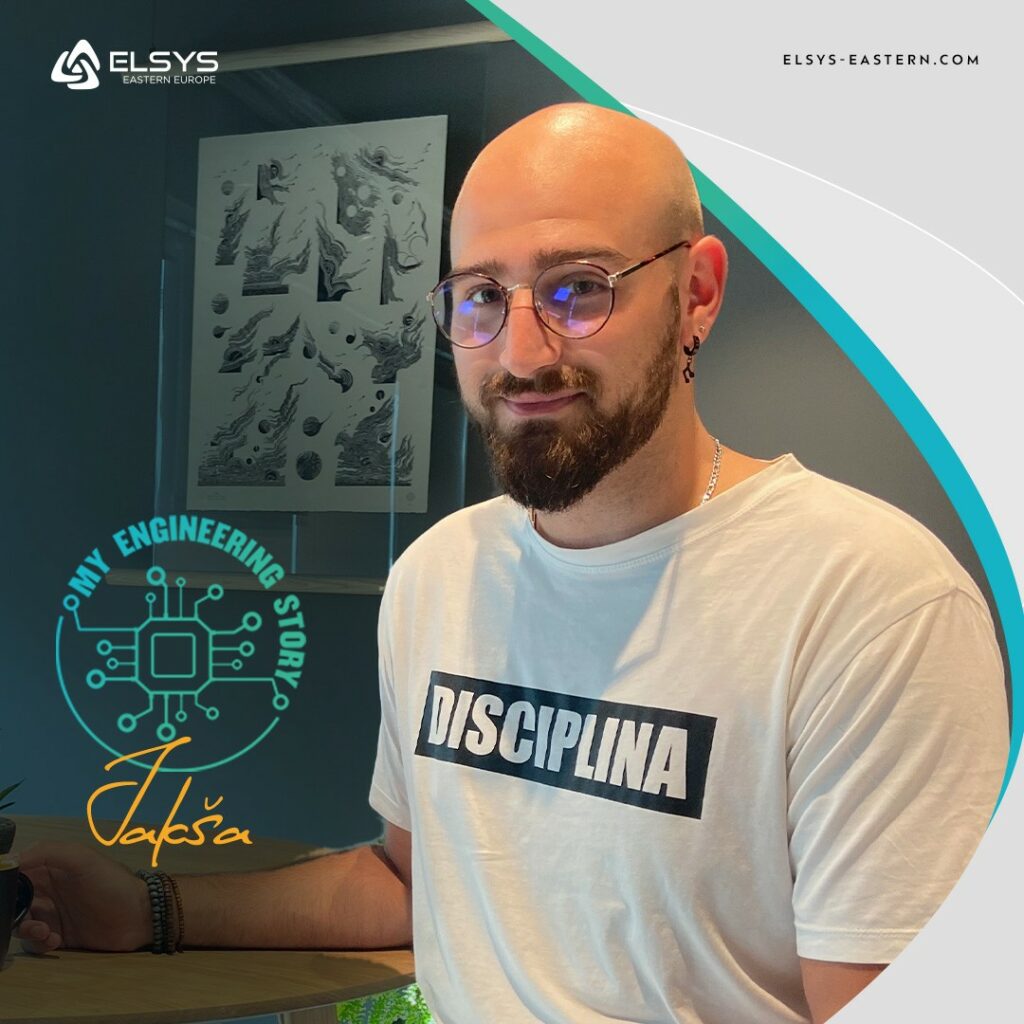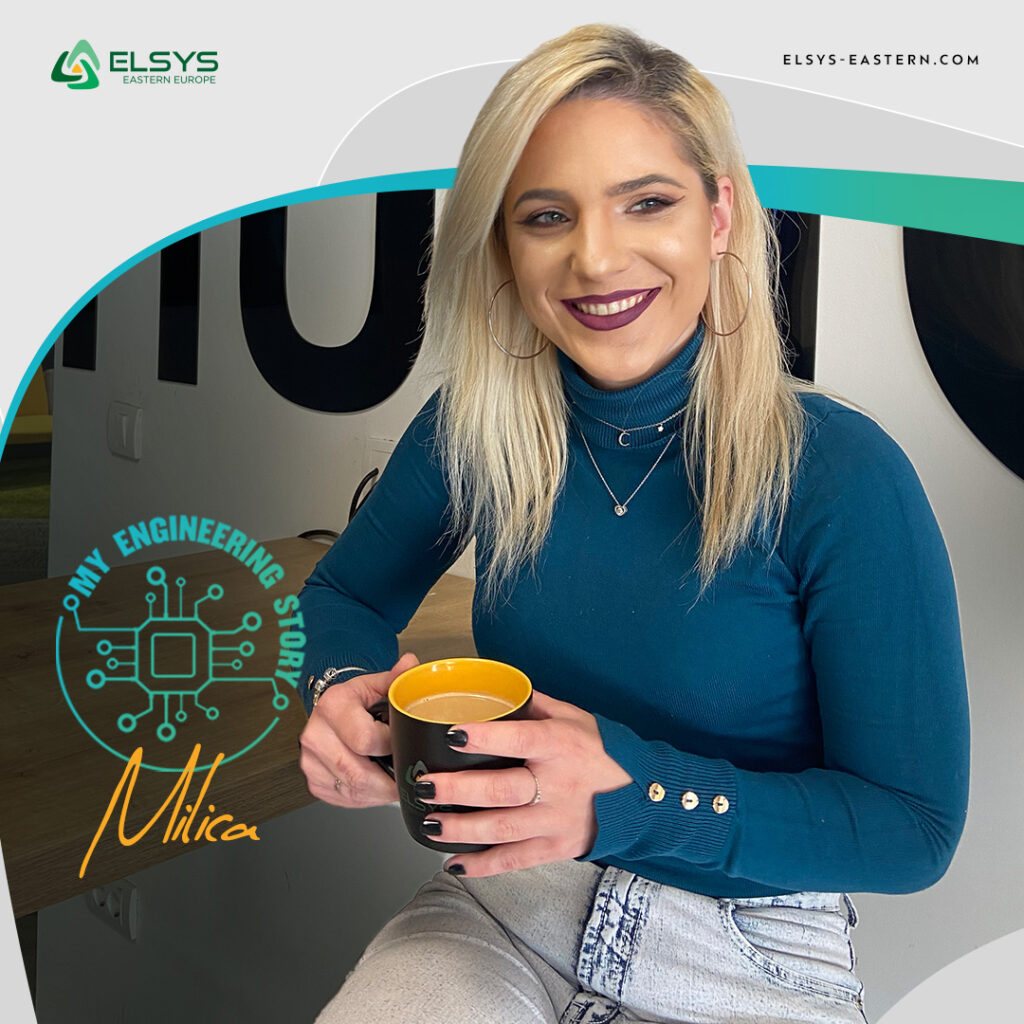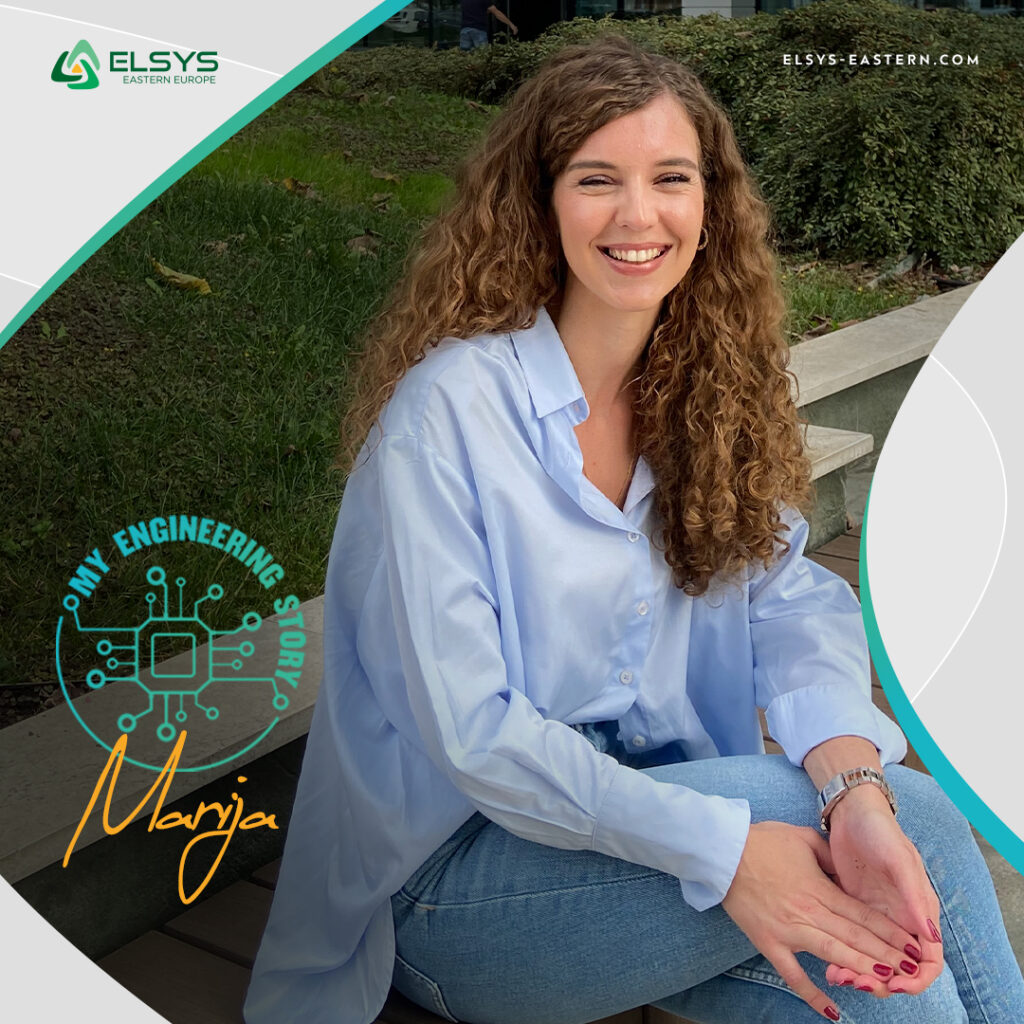
Kristian - Hardware Design engineer
I remember that, when I was little, I liked to take things apart, I was always interested in how something works. I was lucky that my grandfather allowed me to do everything I wanted. He taught me how to dismantle an engine, to use tools.
As I was growing up, I was becoming more and more independent in terms of opening all kinds of systems, it didn’t matter to me whether it was an engine, an electrical device or something else. After elementary school, I enrolled in an electrical engineering high school, where I gained vast knowledge in the field of electronics. My great interest in electronics started with a national competition, where I found out how much I didn’t know. 😀 I got a great desire to learn more about electronics, I started to build my first devices, like starting an engine over the phone, turning the lights on and off, first via bluetooth and then via Wi-Fi from anywhere in the world. I soon enrolled in the faculty where I gained a lot of technical knowledge, however, I was in the department of pure applied electronics, which is specific because most people do not opt for this field.
Due to the recommendation of a friend, I found out about an internship that is completely related to hardware electronics, exactly what I’ve dreamed of doing since high school. After the successfully completed internship, I got a job and I was given a very interesting project. To my great surprise, the field in which I currently work is Analog Electronics in the position of a Hardware Design Engineer. The most interesting thing about the project is that I am currently working on developing electronic boards from scratch, and after that, I have the opportunity to test all those boards on the most modern devices.

Jakša - Digital Design engineer
Since in high school I was mostly interested only in music and film, natural sciences are something that always managed to sneak into my free time simultaneously and provide a lot of answers to questions that are specifically connected to music and film.
Over time, things became more and more digitalized, so my interest in that direction grew more and more. At the Faculty of Electrical Engineering, the Department of Electronics, it was all studied in detail, but in the sea of all fields and areas of electronics that were being studied, I had the impression that I would not know exactly what I wanted to do.
Everything was ravishingly interesting, and everything was rigidly complicated. But I always thought about the sentence of one of the assistants in the first year “You will learn many subjects and many areas, but wait until the fourth year, then you will see the bigger picture of everything and your eyes will be opened to everything you have learned before”.
It was exactly like that. In the fourth year, I learned a lot of applicable things, but the subject Introduction to designing digital VLSI systems caught my attention. There I learned the basics of designing digital integrated circuits and integration on FPGA platforms.
There are a lot of interesting projects, making games, image processing, data manipulation and all that at a highly functional level and with absolute potential to be applied today. Since I wanted to deepen my knowledge in this area even more, I researched where I could do an internship in this area and thus applied to the internship program at Elsys, where I became even more convinced that this is what I want to do.
Today I work as a digital designer, and I face quite challenging things that are current in the modern world of digitization. Sometimes it can be seemingly unsolvable, but that feeling when all the pieces come together and the whole design works – priceless! It is simply unimaginable that a day goes by without me learning something new and pushing the boundaries in my career development ever so slightly.

Milica - IC Layout engineer
The path to IT engineering in my case was a little different than expected. Namely, I don’t have the story that this is something that I have always wanted and that I already showed a tendency towards this professional orientation in my early childhood. On the contrary, I am someone who leaned more towards totally opposite interests all my life, such as acting, painting or literature, an artistic soul, you might say. There is even an interesting anecdote from my childhood when I asked my parents to take a photo of me in front of the Faculty of Electrical Engineering because it was definitely something I would not study.
Almost two decades later since that event, I proudly hold the title of an IC Layout Engineer! IC layout design, although an engineering job, is also very creative and dynamic and gives me the opportunity to express myself in that way as well.
I heard about ELSYS Eastern Europe for the first time at KONTEH when I was in my second year of studying at the Faculty of Technical Sciences in Novi Sad. I heard that some great mugs were being

Marija - AMS Verification Engineer
I became interested in the profession that I am engaged in today when I was in the 4th year of studying Electronics at the Faculty of Electrical Engineering in Podgorica. However, my fascination by Electronics appeared in my childhood, while I was spending time in my neighbor’s workshop and observing the way he repairs various devices and their parts.
I got some information about the Elsys company through one of the employed engineers, who presented the company to me from his personal experience in such a way that I immediately decided to apply for an internship. What motivated me to continue my work engagement at Elsys is the fact that during my internship I had the opportunity to meet and collaborate with top engineers, in an extremely pleasant working environment, and in a company that works on serious projects, and at the same time, it facilitates both the professional and personal development of each employee.
Today, I work at Elsys as an AMS Verification Engineer, and what makes my job particularly interesting is the fact that AMS represents the link between the analog and digital worlds, and the need for multifunctional chips is constantly growing…

